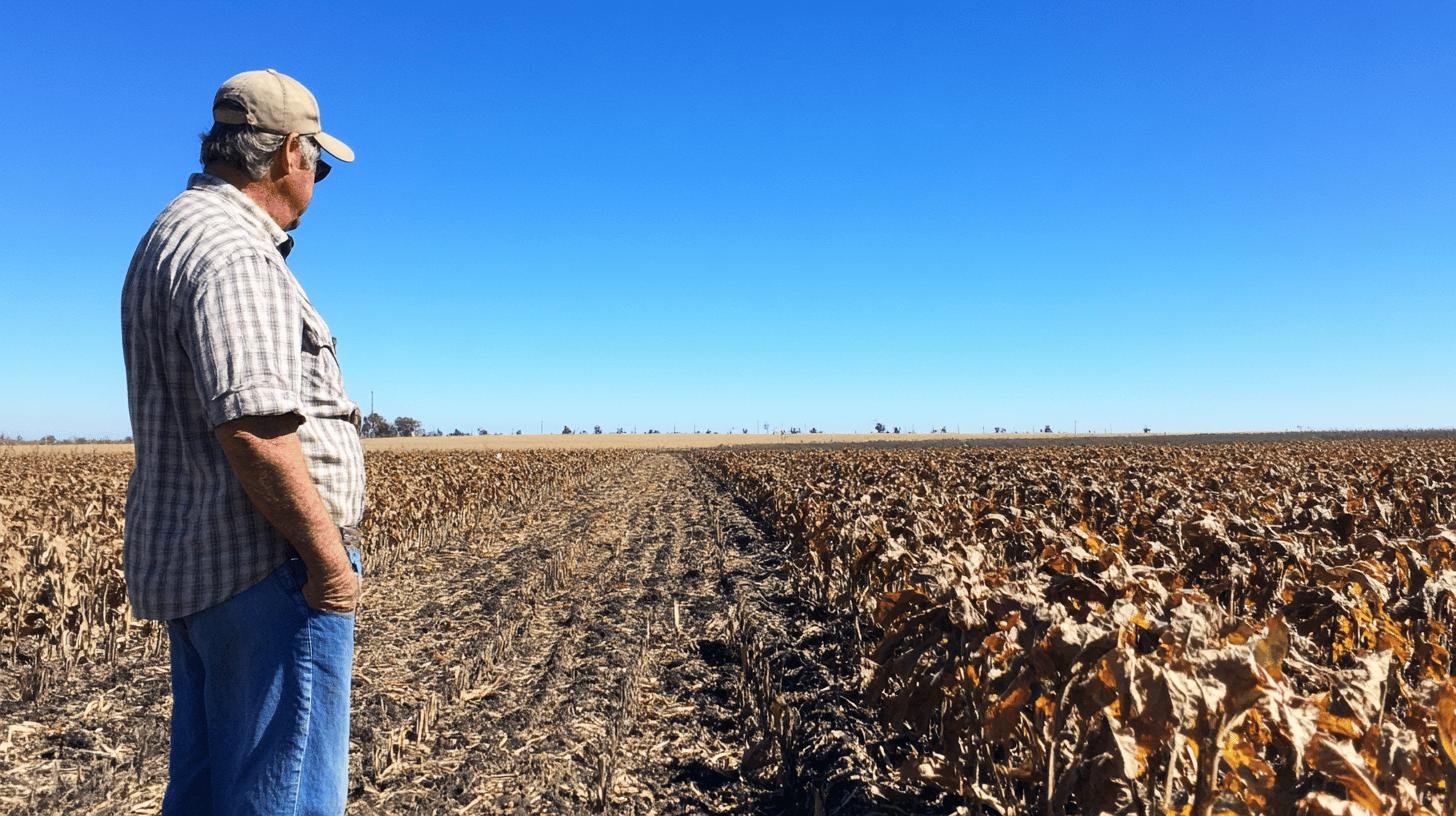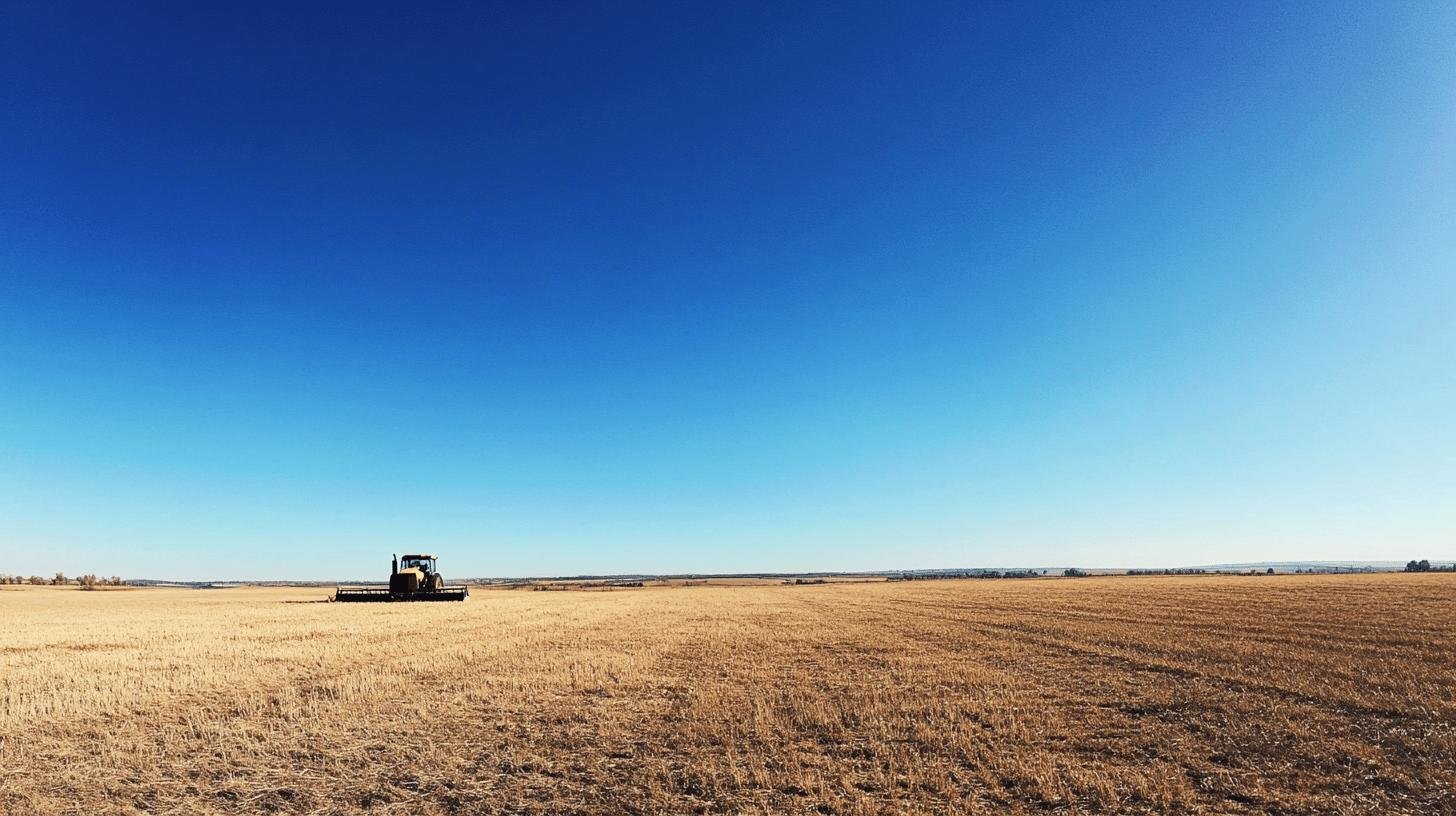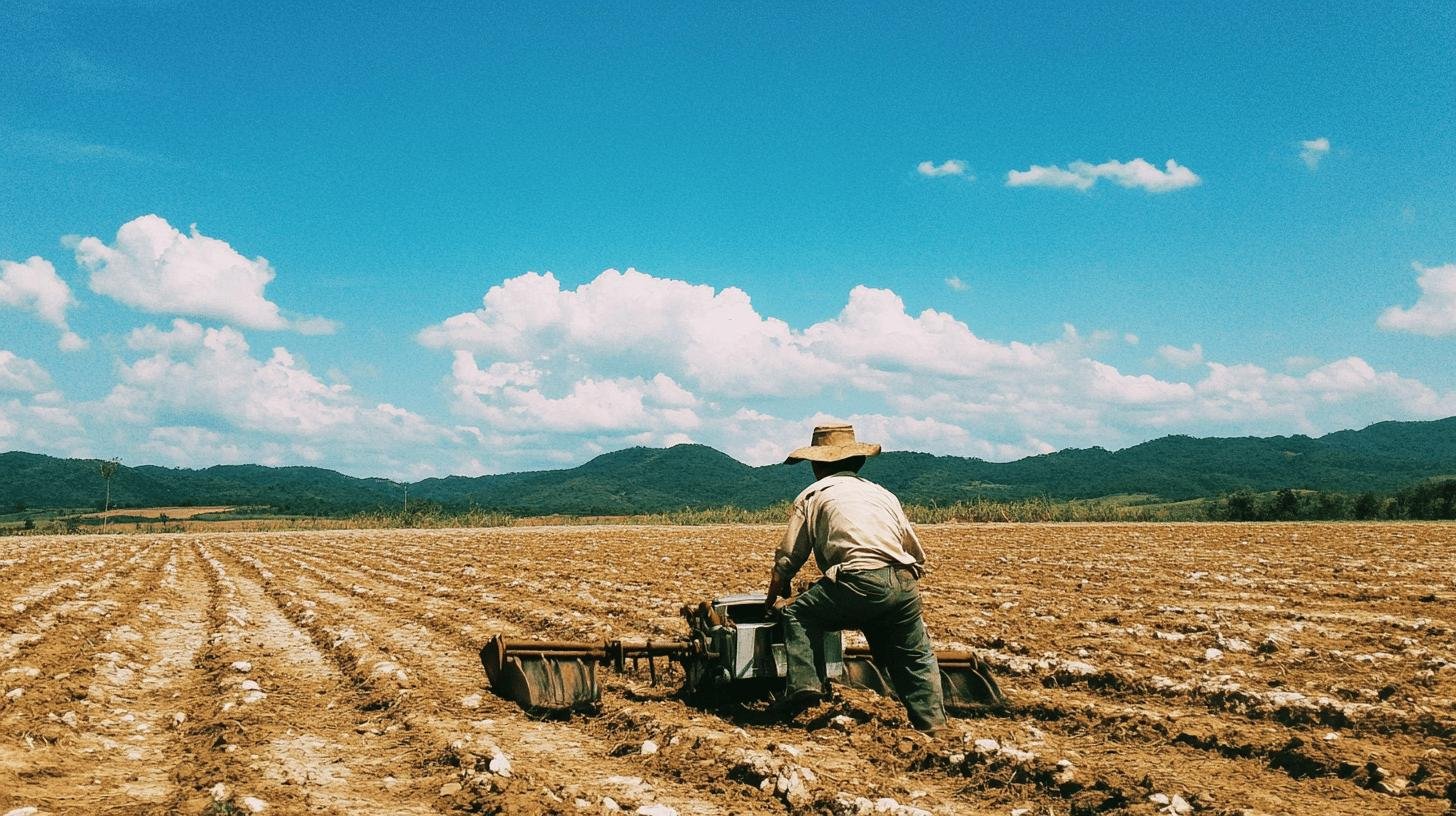TL;DR:
- How did laissez-faire economics impact farmers? It left them vulnerable to market forces with no government protection, forcing many small farmers into debt and eventually off their land as larger corporations took control of agriculture.
- The U.S. adopted these ideas in the 19th century, significantly impacting agriculture.
- During the Gilded Age, small farmers faced debt, unstable prices, and heightened competition, leading many to abandon their farms.
- Laissez-faire favored large corporations, causing rural depopulation and economic decline.
- Technological advancements improved efficiency but diminished traditional farming and reduced rural labor needs.
- Critiques of laissez-faire highlight its role in promoting monopolies and socio-economic inequality.
- Modern agricultural policy continues to debate the balance between market efficiency and government regulation.
How did laissez-faire economics impact farmers? In the 19th century United States, this hands-off approach to government regulation transformed agriculture in ways that still echo today. When the government stepped back and let the market take control, it created winners and losers among America’s farming communities. While some large agricultural businesses thrived, countless small farmers found themselves struggling to survive in a system that offered no protection from market forces. This deep dive explores the dramatic ways that laissez-faire economics reshaped farming in America, leading to changes that would forever alter the nation’s agricultural landscape.
Historical Context of Laissez-Faire Economics in Agriculture
Laissez-faire economics emerged in 18th-century France, promoting minimal government interference. It suggests that free competition leads to efficient outcomes. By the 19th century, these ideas reached the United States, fitting well with the nation’s spirit of independence. This influenced many areas, including agriculture.
During the Gilded Age, laissez-faire ideas greatly impacted agriculture. Minimal regulation led to fast economic growth but also to a concentration of wealth. The belief was that less government equals more innovation and hard work. Yet, this often benefited large agricultural businesses over small farmers. Without support, small farmers struggled against stronger competitors.
Economic policies back then often supported big corporations, creating hurdles for small farmers. With no safety nets, small farmers faced fierce competition, sometimes forcing them to sell their land. This consolidation of wealth and land helped a few, while many were disadvantaged. Corporate interests overshadowed small-scale farming, changing the rural landscape and economy.
Impacts of Laissez-Faire Policies on Farmers

How did the lack of government intervention affect market stability?
With no government help, farmers relied only on market forces, often leading to unstable conditions. Laissez-faire meant no safety nets to smooth market changes. Farmers were vulnerable to market ups and downs, causing unpredictable incomes and stress.
What issues arose from fluctuating crop prices?
Fluctuating crop prices caused major problems for farmers, making it hard to predict earnings. Prices, driven by global supply and demand, could drastically change. Without tariffs or subsidies, these shifts hurt financial stability. Long-term planning and daily management became difficult.
Key challenges farmers faced included:
- Debt from land and equipment
- Unstable market prices
- Competition without tariffs
- No subsidies or help
- Financial instability
How did these challenges affect farming and sustainability?
Financial uncertainty led farmers to tough choices about their businesses. Debt from land and equipment combined with unpredictable prices was often overwhelming. Many small farmers couldn’t maintain operations, causing a decline in traditional farming. Without protection, it was tough to compete with larger farms, threatening small-scale farming’s future.
Rural Economy and Community Effects
What economic hardships did rural communities and small farmers face?
Rural communities faced economic issues under laissez-faire policies due to lack of support. Market fluctuations left them vulnerable, often leading to financial instability and poverty. Burdened with debt, many had to abandon their farms, worsening rural poverty.
How did laissez-faire contribute to rural depopulation?
Laissez-faire policies favored large businesses, leading to rural depopulation. Without protections, small farmers struggled and often sold their farms, moving to cities for work. Fewer people meant decreased local economic activity and demand for goods and services.
What impact did business consolidation have on local economies?
Consolidation under laissez-faire policies impacted local economies greatly. When large corporations absorbed small farms, control and wealth concentrated, reducing economic diversity. This concentration increased disparities and hurt rural economies by diminishing community-based farming.
Technological Advancements and Industrial Influence

What technological advancements helped some farmers?
Machines and new tools improved some farmers’ productivity. The mechanized plow and tractor made farming faster and more efficient. These innovations allowed tasks to be completed much quicker, boosting output for those who could afford the technology.
How did industrial agriculture affect traditional farming?
Industrial agriculture shifted focus to large-scale production, disrupting family-based traditional farming. Backed by laissez-faire policies, it prioritized efficiency, sidelining small farmers. This led to the decline of traditional farming communities as smaller farms were absorbed by larger ones.
How did these changes affect rural populations?
Mechanization reduced labor needs, causing rural depopulation. Machines replaced manual work, leading to migration to cities for jobs. As larger farms took over smaller ones, many small farmers couldn’t sustain their livelihoods, accelerating the depopulation trend.
Critiques and Legacy of Laissez-Faire Economics
What are the main critiques of laissez-faire policies?
Laissez-faire policies face criticism for promoting monopolies and inequality. By reducing intervention, they allowed large corporations to dominate, sidelining smaller businesses. This often led to wealth concentration, contradicting competitive market principles.
How did these policies favor the economic elite?
The policies primarily benefited economic elites, prioritizing their interests above small farmers. Less regulation meant larger entities could better exploit market conditions. This enabled those with resources to gain, deepening socio-economic divides.
What long-term issues did rural communities face?
Laissez-faire policies caused lasting issues for rural areas. Moving from small to industrial farming disrupted local economies. Many small farmers went out of business, causing rural depopulation and economic decline. This loss worsened disparities between urban and rural places.
Laissez-Faire and Modern Agricultural Policy
How do laissez-faire principles affect modern agricultural discussions?
Laissez-faire concepts continue to shape today’s agricultural policy debates, pushing for less government intervention. Proponents argue for fewer regulations and subsidies to enhance market efficiency. However, critics caution about repeating past patterns of inequality and monopoly, highlighting the tension between free-market goals and fair competition.
Final Words
How did laissez-faire economics impact farmers? The evidence shows it created a dramatic shift in American agriculture. Without government oversight, small farmers faced overwhelming challenges from unstable prices and growing competition from large corporations.
While some argue this transformation led to more efficient farming, it came at a significant social cost. Many family farms disappeared, rural communities declined, and agricultural wealth concentrated in the hands of large corporations.
Today’s agricultural policies still grapple with finding the right balance between free-market efficiency and protecting small farmers from the harsh realities that laissez-faire economics introduced to American farming.
FAQ
How did laissez-faire economics impact farmers during America’s Gilded Age?
A: During the Gilded Age, laissez-faire economics forced farmers to compete without government protection, leading to unstable crop prices, mounting debt, and many small farmers losing their land to larger corporations.
What challenges did small farmers face under laissez-faire policies?
A: Small farmers struggled with unpredictable market prices, intense competition from large agricultural businesses, and lack of access to financial safety nets that could help them weather tough times.
Why did many family farms disappear during this period?
A: Family farms often couldn’t compete with larger, mechanized operations, and without government protection, many fell into debt and had to sell their land to bigger agricultural corporations.
How did bank policies affect farmers under laissez-faire economics?
A: Banks often charged high interest rates and demanded quick repayment, making it difficult for farmers to maintain stable finances when crop prices fluctuated.
What changes did laissez-faire bring to rural communities?
A: Rural communities experienced significant decline as small farms failed and people moved to cities for work, leading to decreased local economic activity and population loss.


